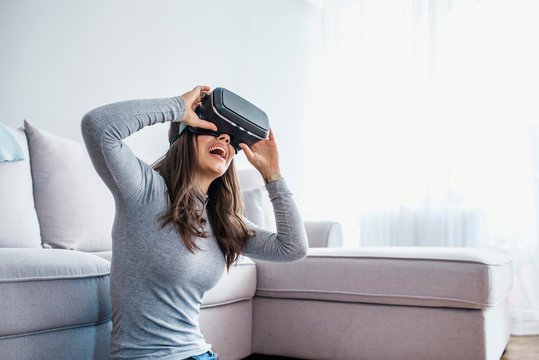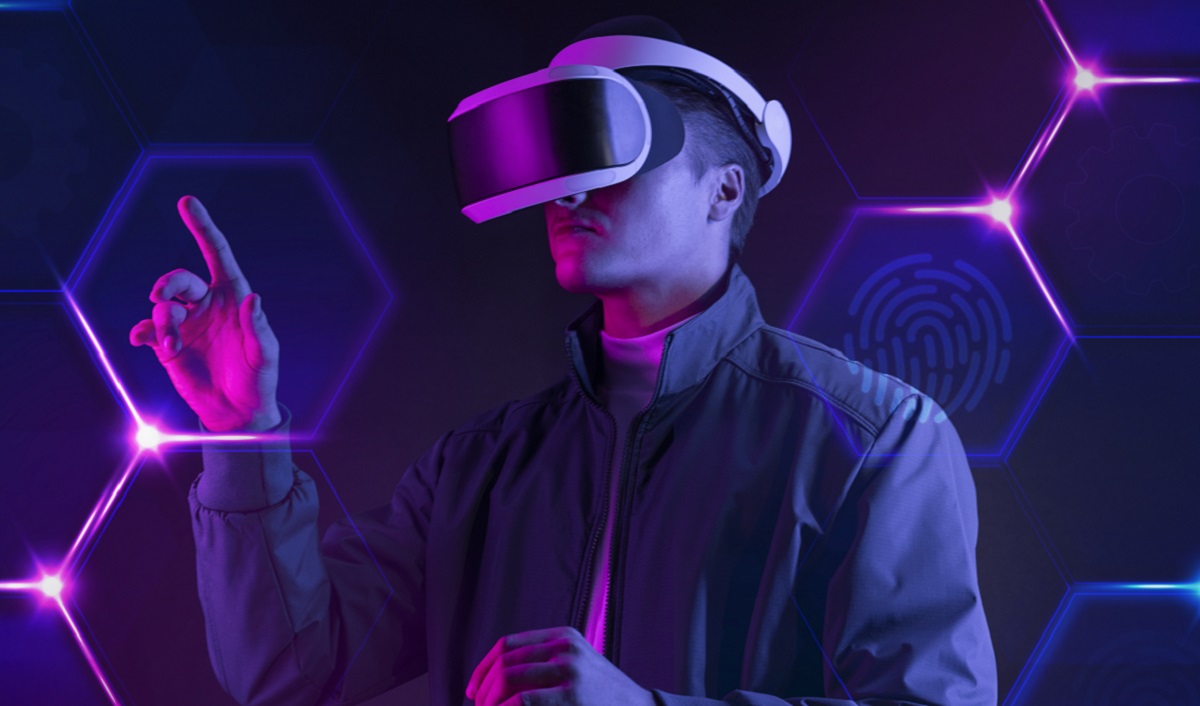How Virtual Reality Controllers Revolutionize Gaming?
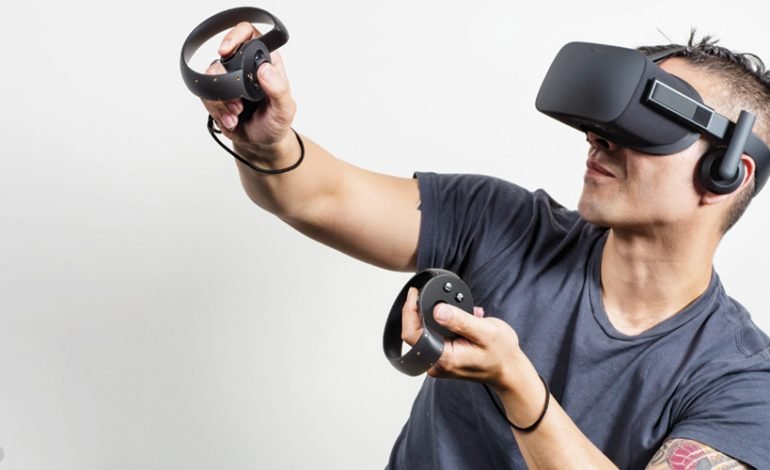
Virtual reality controllers are revolutionizing gaming in ways that have never been seen before. They are allowing gamers to get more profound and more immersive experiences than ever before, with the ability to interact with their games in ways that were once unimaginable. With these controllers, gamers can move around their virtual worlds with a more realistic feel and gain new levels of control over their gaming experience. This blog post will explore how these virtual reality controllers are revolutionizing gaming and what the future holds.
What Are Virtual Reality Controllers?
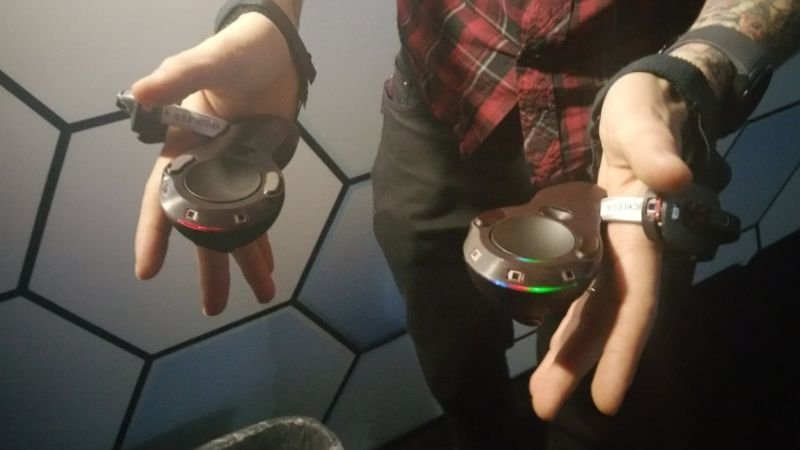
Virtual Reality (VR) controllers are a type of input device used in virtual reality gaming that allows players to interact with the digital world. These controllers are designed to provide an immersive and intuitive gaming experience, enabling players to move, grab, push, and pull objects within the VR environment.
Unlike traditional game controllers that rely on buttons and joysticks to control gameplay, VR controllers have motion sensors that detect movement and translate it into actions within the game. Some VR controllers also have haptic feedback, which means they can provide a tactile response to the player, such as a vibration or a physical sensation, to enhance immersion.
VR controllers are typically used in conjunction with a VR headset, which provides the visual and auditory elements of the game. When used together, the headset and controllers create a completely immersive experience, transporting players into a virtual world where they can interact with the environment and characters in previously impossible ways.
Overall, virtual reality controllers are a crucial component of the VR experience, enabling players to engage with and control their gaming environment fully.
How Do They Work?
Virtual reality controllers are specifically designed to create a more immersive and interactive gaming experience. These controllers typically use motion sensors, haptic feedback, and other advanced technologies to track and translate users’ real-world movements into corresponding in-game actions.
Motion sensors are one of the primary technologies used in VR controllers. These sensors detect the controller’s position, orientation, and movement, allowing the system to translate these actions into virtual space. In addition, they are responsible for detecting the user’s movements and triggering in-game actions.
Haptic feedback is another critical technology in VR controllers. It is the sensation of touch, vibration, or force that is experienced by users when they interact with objects or environments in a virtual world. For example, the haptic feedback allows gamers to feel the impact of actions such as shooting a gun or hitting an object with a virtual bat. This sensation creates a more realistic gaming experience and enhances immersion in the virtual world.
VR controllers work differently from traditional controllers in that they have a much broader range of input options, such as detecting the position and orientation of your hand and fingers. These advanced input options allow players to interact with the game world more naturally and intuitively.
Overall, VR controllers use a combination of motion sensors, haptic feedback, and other advanced technologies to create an immersive gaming experience like never before. As a result, they provide a level of interaction and realism that traditional controllers cannot match.
The Advantages of VR Controllers over Traditional Controllers
While traditional game controllers have been the norm for decades, virtual reality controllers are quickly revolutionizing gaming. Here are some advantages of VR controllers over traditional ones:
- Immersion – With traditional controllers, players may feel like they’re just controlling a character on a screen. But with VR controllers, players can fully immerse themselves in the game world. They can physically interact with objects and feel like they’re a part of the game.
- Precision – VR controllers have sensors that track movement and can accurately replicate a player’s real-world actions in the game. This makes for much more precise control and more realistic gameplay.
- Range of Motion – Traditional controllers often limit the range of motion for players. With VR controllers, players can move freely in a 3D space and have a broader range of movement options.
- Haptic Feedback – VR controllers can provide haptic feedback, which means players can feel physical sensations like vibrations or resistance while playing. This can significantly enhance the gaming experience and make it feel more realistic.
- Customization – VR controllers can be customized to fit each player’s player’s needs and preferences. This allows for a more personalized gaming experience and can improve player comfort and performance.
Overall, VR controllers offer a more immersive, precise, and customizable gaming experience than traditional controllers. As virtual reality technology advances, we can expect even more exciting developments in VR gaming.
The Future of VR Controllers
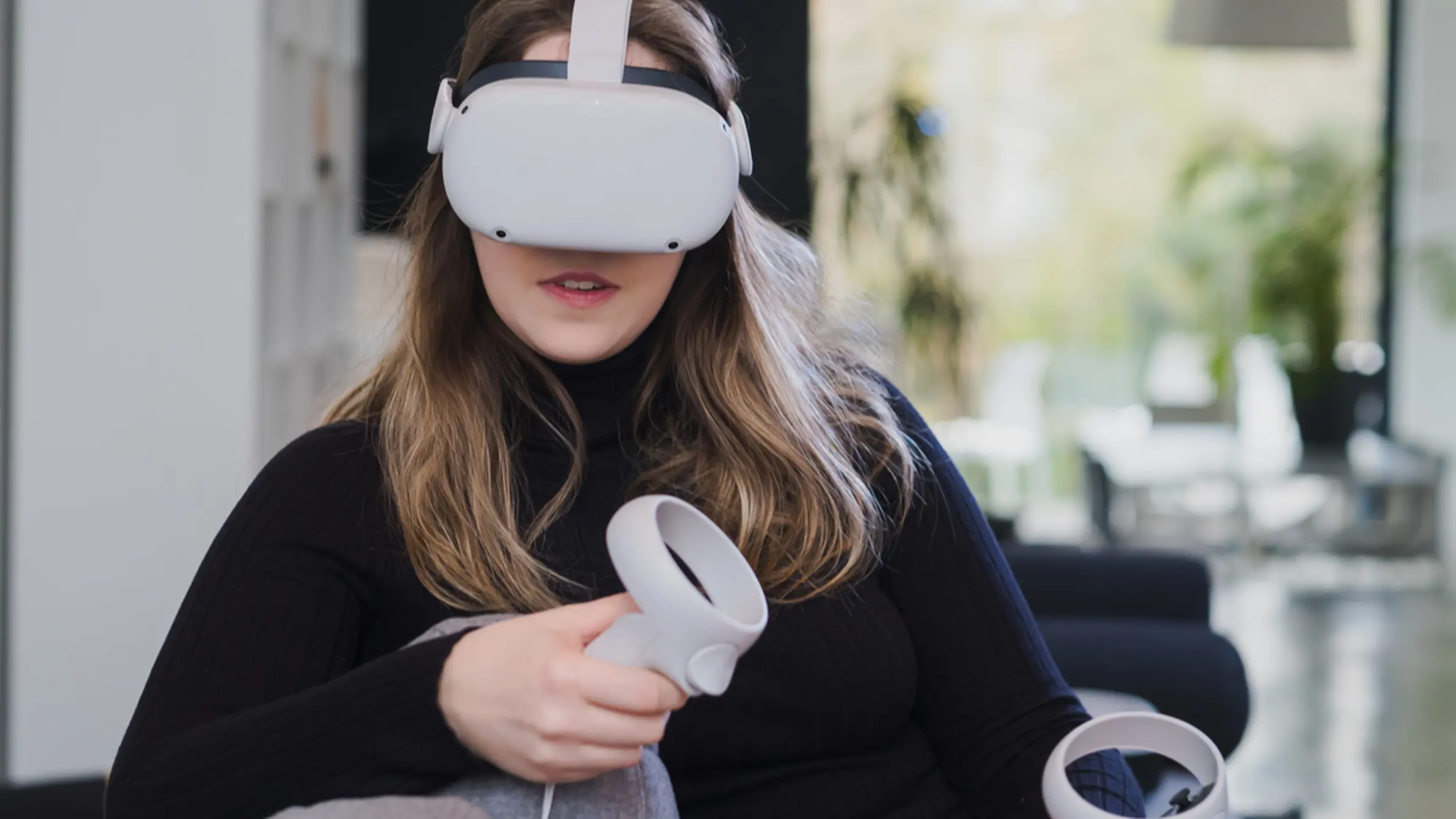
The current state of virtual reality controllers is already awe-inspiring, but what lies ahead for the future of this technology? Here are a few predictions for what we might expect in the years to come:
– More Intuitive Controls: As developers continue experimenting with new control methods in virtual reality, we may see more intuitive options for how players interact with the virtual world. This could include hand-tracking technology that allows players to use their actual hands instead of a controller or even eye-tracking technology that lets players gaze at objects to interact with them.
– Haptic Feedback: Many virtual reality controllers already have essential vibration feedback, but in the future, we could see much more sophisticated haptic feedback systems that give players a more immersive experience. This could include more precise vibrations that simulate the sensation of different materials or textures or even systems that simulate heat or cold.
– More Customization Options: As virtual reality technology becomes more ubiquitous, more manufacturers may offer customizable controller options. This could include different grip sizes, button layouts, or even aesthetic options to make each player’s experience feel unique.
– Improved Battery Life: One of the most significant drawbacks of current VR controllers is their relatively short battery life. In the future, we may see improvements to battery technology that allows longer play sessions without recharging.
– Integration with Other Technologies: Virtual reality controllers are already impressive on their own, but we may see more integration with other technologies in the future. This could include incorporating biometric data like heart rate or sweat level to create more personalized experiences or integrating with voice assistants to allow for hands-free control.
Of course, these predictions are just a few possibilities for what we might see in the future of virtual reality controllers. But, whatever direction this technology takes, it’s clear that VR controllers will continue to play a crucial role in creating immersive gaming experiences.
FAQS – Most Frequently Asked Question
1. Are VR controllers compatible with all VR headsets?
No, not all VR controllers are compatible with all VR headsets. Therefore, it is essential to check compatibility before purchasing a VR controller.
2. Do I need to purchase VR controllers separately from the VR headset?
Yes, VR controllers are typically sold separately from VR headsets. However, some VR bundles may include both the headset and controllers.
3. How long do VR controller batteries last?
Battery life varies between different VR controllers. Therefore, it is recommended to check the specific controllers battery life before purchasing.
4. Can VR controllers be used for non-gaming purposes?
VR controllers can be used for non-gaming purposes such as virtual sculpting, drawing, and educational purposes.
5. How do VR controllers track movements?
VR controllers use a combination of sensors, including accelerometers, gyroscopes, and sometimes external cameras, to track movements and translate them into virtual actions.

